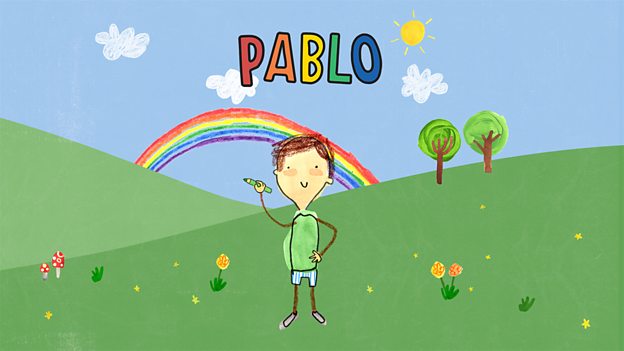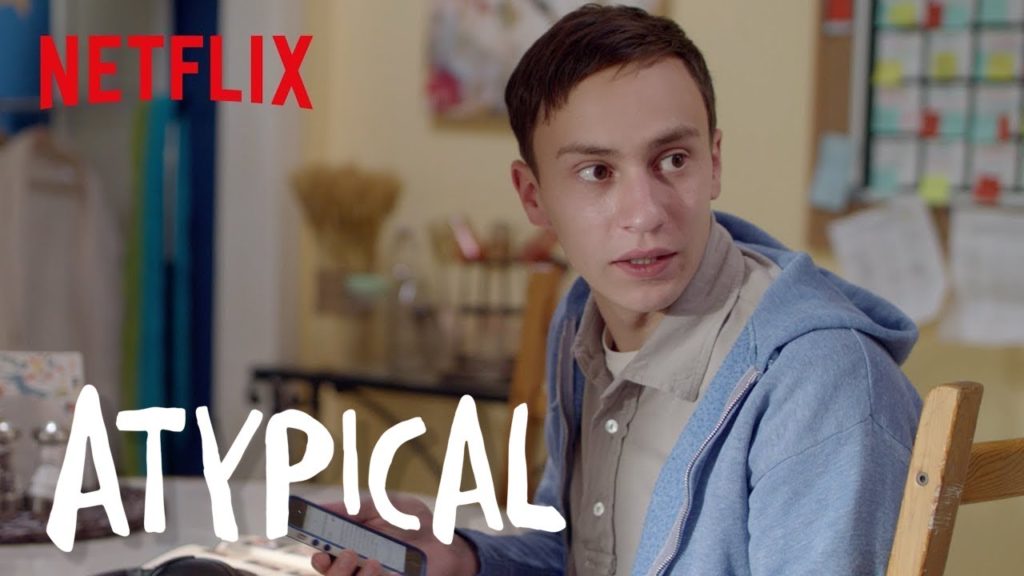10 most negative health risks of watching too much television
tv
‘Pablo’ Review from invisible i – a new TV show about a boy with autism
‘Pablo’ Review from invisible i – a new TV show about a boy with autism
Find out more here.
What TV Gets Right — and Wrong — About Autism. Do you agree?
Creating a TV series that accurately and effectively captures the experience of raising an autistic child is a bit like making a TV series about sand: for every autistic child there’s a different manifestation of the disorder, for every autistic child there’s a different story to be told.
Autism Spectrum Disorder is just that—a spectrum. It’s not one specific neurological disorder but an umbrella term used to describe a wide-ranging and complex set of behavioral and developmental problems that affect communication, behavioral and social skills. There are autistic individuals who do not speak; others become movie stars (Dan Aykroyd and Darryl Hannah are both on the spectrum). The variables are endless, the definition of what it means to be autistic is fluid and unbound.
According to the Centers of Disease Control and Prevention, about one out of every 68 children is diagnosed with the disorder, and far more boys are diagnosed than girls. As a result, autism is very much on trend in pop culture, a hot-button topic in critical essays and fiery debates. It’s also the focus of three current TV series—“The A Word” (SundanceTV), “Atypical” (Netflix) and “The Good Doctor,” bowing Sept. 25 on ABC—all of them featuring an autistic lead character struggling with the pervasive stigma and societal challenges that come from being “different.”
Read the whole article here and tell us if you agree?


